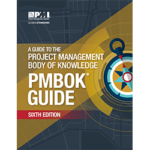
Projects don't manage themselves. Professional project management requires the development of a plan that outlines how it will be managed. According to the Project Management Body of Knowledge (section 4.2), the project management plan fulfills this purpose. Although it includes any and all items that define the management of the project, there are certain standard … [Read more...]












